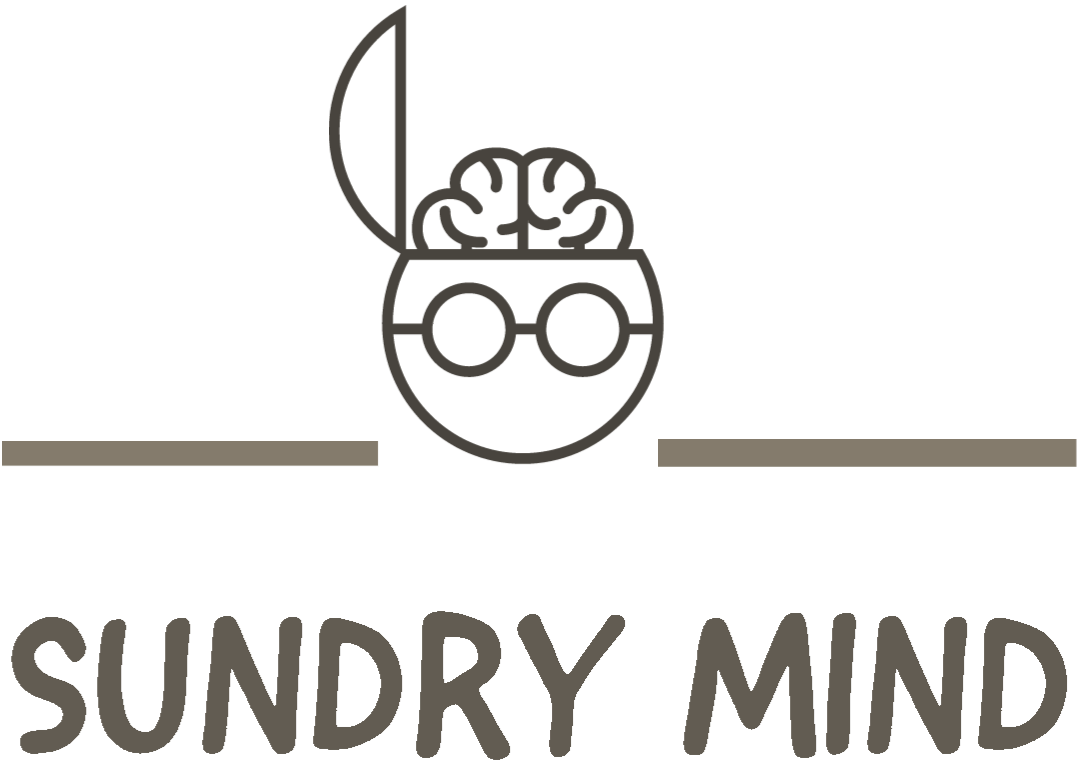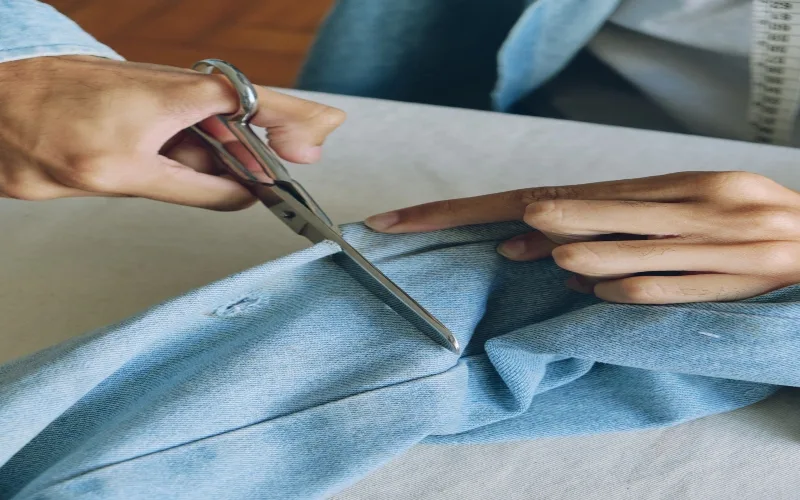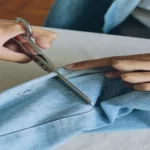Table of Contents
Introduction
Whether you’re seeking liberation from the fast fashion culture, aiming to save money, or passionately embracing eco-fashion, upcycling clothes can fulfill all these objectives and guide you on a sustainable consumer journey within your budget.
The growing global consensus towards sustainable fashion has spurred the fashion industry to transform remarkably in recent years. As environmental concerns take center stage, fashion enthusiasts worldwide eagerly embrace upcycling to create a more environmentally friendly wardrobe. Upcycling clothes has emerged as a powerful practice that combines style, creativity, and conscious consumerism, making it an integral part of the green revolution in fashion. Upcycling reduces waste, decreases the demand for new clothing production, and promotes the circular economy by giving preloved garments and materials new life. It presents an opportunity to make a positive impact. It encourages us to think beyond fast fashion and embrace a more mindful and responsible approach to our wardrobes.
In this article, we will take a closer look at the transformative power of upcycling, highlighting its environmental benefits and offering practical insights, tips, and inspiration for your upcycling journey without compromising style.
So, join us as we dive into the green revolution of fashion and discover how embracing upcycling clothes can revolutionize your style, minimize your environmental footprint, and pave the way for a greener wardrobe. Let’s embark on this exciting journey of creativity, innovation, and conscious fashion choices together.
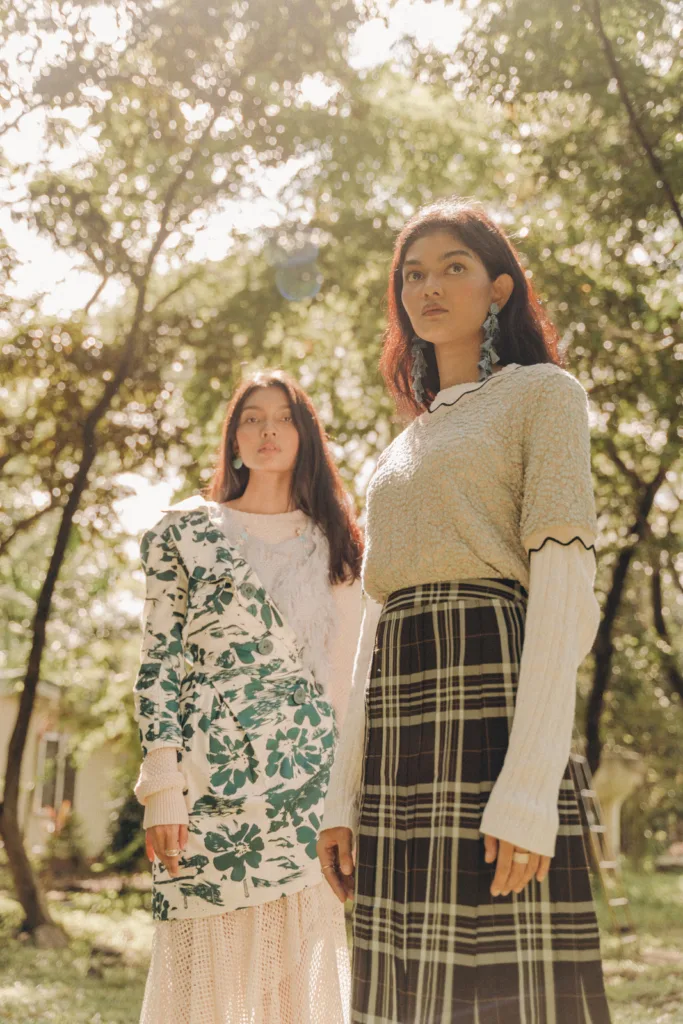
The Essence of Upcycling
Upcycled fashion refers to the creative process of transforming discarded or underutilized materials, such as old garments or textiles, into new and unique fashion pieces. Unlike traditional recycling, which breaks down materials into their raw form, upcycling involves reimagining and repurposing existing items to create something of higher value.
It signifies a departure from the linear fashion model of “take-make-dispose” and embraces a circular economy mindset. Upcycling in fashion involves breathing new life into pre-existing garments or materials, allowing them to be repurposed, redesigned, and reimagined.
At its core, upcycling in fashion signifies a shift towards conscious consumption and a rejection of fast fashion’s throwaway culture. It encourages individuals to view clothing as valuable resources that can be creatively transformed rather than disposable commodities. Upcycling offers a way to extend the lifespan of garments, reducing waste and minimizing the environmental impact associated with clothing production.
Designers and individuals can unleash their creativity and craftsmanship by upcycling in fashion. It presents a platform for innovation, exploring unique design techniques, such as patchwork, reconstruction, and embellishment. Upcycled fashion pieces often bear the marks of their previous life, creating distinct and personalized aesthetics that reflect individual styles.
Furthermore, upcycling in fashion fosters a deeper connection with our clothing. Each upcycled piece carries a story, preserving the memories and history of its previous iteration. By repurposing garments, we honour their past and breathe new meaning into them, fostering a sense of appreciation for the value of each item.
Ultimately, the essence of upcycling in fashion lies in its ability to promote sustainability, creativity, and individuality. This paradigm-shifting concept challenges the status quo, redefines our relationship with clothing, and paves the way for a more ethical and environmentally responsible industry.
Embracing upcycled fashion allows us to make conscious choices, reduce our ecological footprint, and contribute to a fashion landscape that values innovation, resourcefulness, and mindful consumption.
Exploring the Contrasts: Upcycled Fashion vs. Recycled Fashion
There are several notable distinctions between upcycled and recycled fashion. These are:-
Approach: Upcycled fashion involves transforming and repurposing existing garments or materials to create unique pieces, emphasizing creativity and individuality. Recycled fashion focuses on breaking down materials to develop new materials for manufacturing new products, focusing on resource efficiency and waste reduction.
Outcome: Upcycled fashion gives rise to unique and exclusive garments that accentuate the original item’s innate potential and distinctive character, showcasing meticulous craftsmanship and personal flair. In contrast, recycled fashion predominantly revolves around the mass manufacturing fresh apparel using recycled materials, aiming to minimize waste and reduce reliance on virgin resources.
Process: Upcycling involves creative techniques like alteration, embellishment, or combining different garments to give them a fresh and innovative look. Recycling typically involves industrial procedures like shredding, melting, or chemical treatments to convert materials into usable forms.
Focus: Upcycled fashion strongly emphasizes individuality, uniqueness, storytelling, and extending the lifespan of existing items by transforming existing items. Recycled fashion focuses on resource efficiency, waste reduction, and the environmental advantages of diverting materials from landfills.
Unleashing Creativity: Upcycling Tips and Tricks for a Sustainable Fashion Statement
Upcycling offers a sustainable and innovative way to revamp your clothing collection, breathe new life into old garments, and unleash creativity.
1. Repurposing Jeans: Have a worn-out pair of jeans? Don’t toss them away just yet! Consider cutting them into shorts, adding patches or embroidery for a bohemian vibe, or even transforming them into a trendy denim skirt. You can create matchless and stylish pieces that reflect your style with some sewing and creativity.
2. Transforming Shirts: Button-down shirts offer endless upcycling possibilities. Turn an oversized shirt into a chic off-the-shoulder top by sewing a new neckline and adding elastic. Convert a button-down shirt into a fashionable wrap top by attaching long fabric ties. You can also repurpose shirts by combining patterns or fabrics to create patchwork designs or statement sleeves.
3. Accessory Makeovers: Upcycling isn’t limited to clothing alone – accessories can also be transformed! Give old bags a new lease on life by painting or adding fabric accents. Convert scarves into headbands, scrunchies, or even lightweight kimono-style jackets. Transform broken or mismatched jewelry into unique statement pieces by restring beads or combining different elements for a boho-chic look.
4. Creative Patchwork: Have you got a pile of fabric scraps? Use them to create stunning patchwork designs on your garments. Whether it’s a patchwork pocket, elbow patches, or a bold design on the back of a jacket, patchwork adds a touch of individuality to your upcycled pieces. Combine different textures, colours, and patterns to create eye-catching designs that truly stand out.
5. Customized Denim Jackets: Denim jackets are versatile canvases for upcycling projects—paint or bleach designs onto your jacket for a unique and personalized look. Add fabric appliqués, embroidery, or studs for added flair. Transform the collar by attaching a faux fur or denim collar from an old garment. The possibilities are endless when it comes to customizing your denim jacket.
6. Creative Cutting and Reconstruction: Unleash your creativity and explore Unique Cutting and Reconstruction Techniques to Revamp Your Wardrobe. You don’t have to be a professional tailor to get started. Transform a dress into a fashionable crop top and skirt set, or convert a maxi skirt into a trendy midi skirt. Combine various fabrics or textures by merging sections from different garments to craft a unique masterpiece.
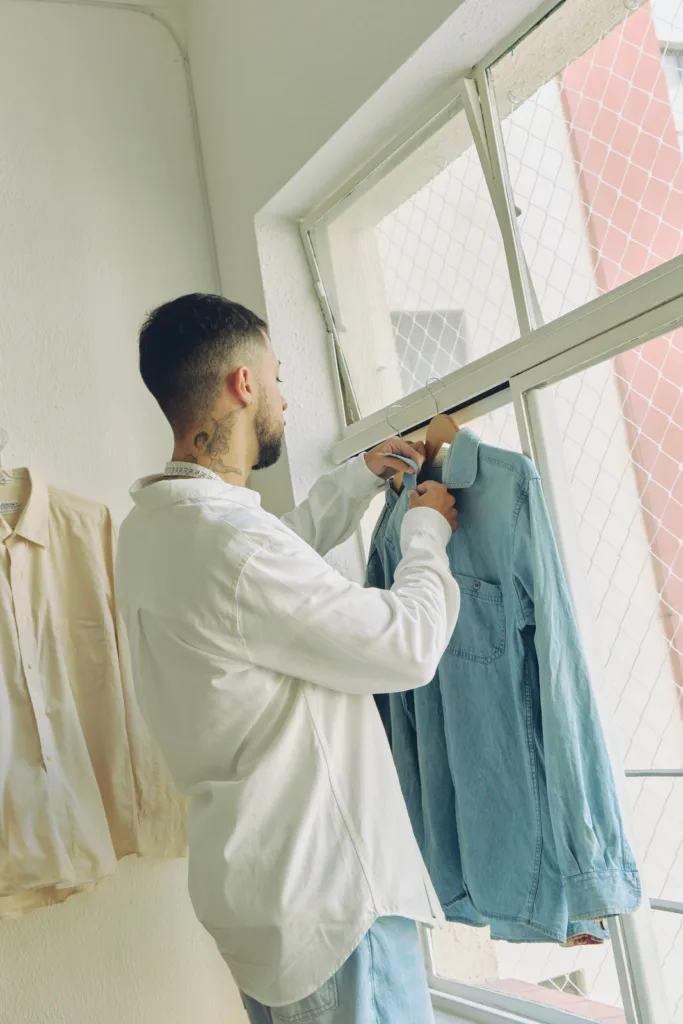
Conclusion
The green revolution of fashion has firmly established itself, with upcycling clothes leading the way. Embracing upcycling can revitalize any wardrobe into a sustainable and remarkably stylish collection. Embarking on an upcycling journey for your wardrobe opens up thrilling possibilities for breathing new life into old garments while embracing sustainability and unleashing your creativity. Armed with the achievable examples and tips provided, you possess the tools to transform your fashion collection into a treasure trove of upcycled pieces that truly reflect your style and values. Embrace experimentation and allow your imagination to guide you fearlessly. Through upcycling, not only do you create unique and personalized fashion items, but you also contribute to a more sustainable and mindful approach to fashion.
So, gather your materials, seize your sewing kit, and embark on the rewarding path of upcycling. Join the movement of the green revolution and allow your wardrobe to become a testament to innovation, individuality, and conscious consumerism. Together, we can pave the way for a greener future, one upcycled garment at a time. Let your wardrobe tell a captivating story of sustainability and fashion-forward thinking. Happy upcycling!
Frequently Asked Questions
What is the green revolution of fashion?
The green revolution of fashion refers to the growing movement within the industry to adopt sustainable practices and reduce its environmental impact. It encompasses initiatives such as upcycling, ethical sourcing, eco-friendly materials, and conscious consumerism.
What is a linear fashion model?
The linear fashion model refers to the traditional approach followed in the fashion industry, characterized by a linear progression from production to consumption to disposal. It follows a linear supply chain where raw materials are extracted, processed into garments, sold to consumers, and discarded at the end of their lifecycle.
What is upcycling in fashion?
Upcycling in fashion involves transforming discarded or underutilized materials into new and valuable clothing items. It goes beyond traditional recycling by adding artistic innovation and giving new life to existing garments, promoting sustainability and reducing waste.
Why should I embrace upcycling clothes for a greener wardrobe?
By embracing upcycling clothes, you play a vital role in building a more sustainable fashion industry. Upcycling outfits reduces the need for new clothing production, decreasing waste sent to landfills and reducing the consumption of precious resources like water and energy. Moreover, upcycling empowers you to express your style and wear unique pieces that positively impact your environment.
How can I start upcycling my wardrobe?
Starting to upcycle your wardrobe is easier than you might think. Begin by assessing your existing clothing items and identifying those that can be transformed or combined to create new outfits. Explore DIY techniques like sewing, embroidery, or fabric painting to add personalized touches. Numerous online resources, tutorials, and workshops are also available to guide you through the upcycling process.
Where can I find materials for upcycling?
Materials for upcycling can be found in various places such as thrift stores, second-hand shops, your wardrobe, online marketplaces, craft stores, garage sales, and through friends and family. You can also explore donation centers and freebie groups for potential upcycling materials. Be resourceful and keep an open mind to discover unique materials for your upcycling projects.
Can I upcycle clothes that are damaged or in poor condition?
Absolutely! Upcycling provides an opportunity to breathe new life into damaged or worn-out clothing. Stains, tears, or missing buttons can often be creatively incorporated into the design or repaired during upcycling. Embrace imperfections as unique characteristics that add charm to your upcycled creations.
How does upcycled fashion contribute to a greener future?
Upcycled fashion contributes to a greener future by reducing the reliance on new clothing production, minimizing waste, and conserving resources. By upcycling, you help divert materials from landfills, decrease the carbon footprint associated with manufacturing new garments, and promote a more circular and sustainable fashion economy.
Can upcycled clothes be fashionable?
Absolutely! Upcycled clothes have the potential to be fashionable. You can create unique pieces showcasing your style and creativity through upcycling. The process allows you to experiment with different techniques, fabrics, and designs, resulting in fashion-forward garments that make a statement.
How can I spread awareness about the green revolution of fashion and upcycling?
You can spread awareness about the green revolution of fashion and upcycling by sharing your upcycled creations on social media, participating in local, sustainable fashion events, organizing clothing swap parties, or even starting conversations with friends and family about the importance of sustainable fashion choices. By being a conscious consumer and embracing upcycling, you become an advocate for a greener wardrobe and inspire others to join the movement.
